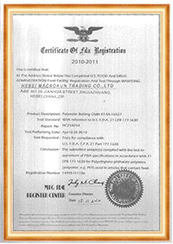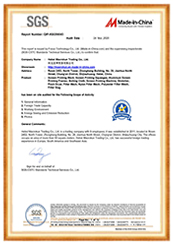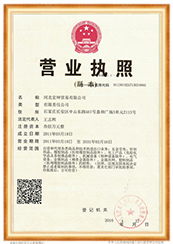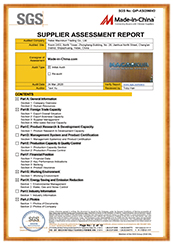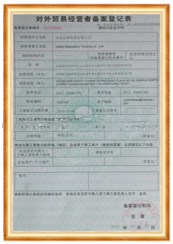09-26-25
best micron bag for pressing flower
When pressing flower rosin, one of the most critical factors influencing both the quality and yield of your rosin is the micron size of the filter bag used. This choice directly impacts the amount of plant material that makes its way into the final product, the purity of the rosin, and the overall extraction process. In this guide, we’ll dive into how different micron sizes affect your pressing results and how to select the best one for your specific needs.
What Is Micron Size and Why Does It Matter?
Microns measure the size of the pores in the rosin bag, with smaller micron sizes representing finer holes that filter out more plant material. The goal in rosin extraction is to maximize yield while ensuring the highest quality of the product. This balance is crucial, as smaller micron sizes provide cleaner results but often at the expense of yield, while larger micron sizes may produce more rosin but include more plant material and impurities.
For flower rosin, it’s generally recommended to use bags between 90µm and 120µm. These micron sizes strike a good balance between yield and quality by allowing the majority of trichomes to flow out while keeping the plant material inside the bag.
Best Micron Sizes for Flower Rosin
- 90 Micron Bags: The 90µm size is often considered the gold standard for flower pressing. It captures most of the trichome heads, resulting in high-quality rosin with minimal plant contaminants. If your primary focus is on ensuring the purity and clarity of your rosin, 90µm is an excellent choice. This size provides a good trade-off between yield and quality.
- 120 Micron Bags: For those prioritizing yield, a larger micron size like 120µm may be more appropriate. This size still provides relatively clean rosin, but the looser weave allows more trichomes and oils to pass through, leading to higher yields. However, with a larger micron size, there is a higher chance of some plant material making its way into the rosin, which may affect the final product’s appearance and texture.
- 72 Micron Bags: If your primary focus is on quality and you are willing to sacrifice a bit of yield, a smaller micron size, such as 72µm, could be the best choice. This size ensures that almost no plant material enters the final product, resulting in ultra-refined rosin. However, expect a slight reduction in yield compared to 90µm or larger sizes.
Factors Influencing Micron Selection
Several factors can influence your choice of micron size, including the moisture content of the flower, the type of press used, and personal preferences for rosin quality.
- Flower Moisture: Pressing dry flowers can lead to lower yields and might require a larger micron size to compensate. Ideally, the relative humidity of your flower should be between 55% and 62% for optimal extraction. Too dry, and you may lose rosin as it is absorbed back into the flower material.
- Desired Rosin Quality: If your goal is to produce solventless extracts with the highest possible quality and purity, smaller micron bags (e.g., 72µm) are a good option. However, if you’re looking for a balance between yield and purity, 90µm to 120µm bags are typically the most versatile.
- Pressing Technique: The amount of pressure and the temperature applied during pressing also plays a role in determining the best micron size. Flower rosin generally requires more pressure than hash or kief. A common range for flower pressing is between 1,000 and 2,000 PSI. Higher pressure can sometimes force unwanted plant material through the filter bag, so be cautious when using larger micron sizes. Similarly, the temperature of the press, whether you are using a cold or hot pressing method, can impact your results. Cold pressing (180°F to 200°F) preserves more terpenes but may lead to lower yields, while hot pressing (200°F to 220°F) provides higher yields at the potential expense of some flavor and terpene content.
Tips for Preventing Blowouts
One of the risks associated with pressing rosin, especially when using smaller micron bags, is the possibility of a blowout. This occurs when too much pressure is applied, causing the bag to tear and allowing plant material to leak into the rosin. To avoid this, make sure not to overfill the bag and consider double-bagging for extra support if you are using very small micron sizes.
Additionally, pre-press molds can help shape the flower into a compact, even form, reducing the likelihood of uneven pressure that can lead to blowouts. Always press slowly and steadily to ensure the best results.
Conclusion: Choosing the Right Micron Bag for Your Needs
Ultimately, the best micron bag for pressing flower depends on your specific goals:
- For High Purity: If you’re after the purest rosin with minimal plant material, opt for smaller bags in the range of 72µm to 90µm.
- For Higher Yields: If you’re looking to maximize the amount of rosin produced, 120µm bags will give you a higher yield, albeit with a bit more plant material.
- For Balance: A 90µm bag is a great middle ground for most people, offering a balance between high yield and clean, high-quality rosin.
By carefully selecting the right micron size and following best practices, you can ensure a successful flower rosin pressing experience that maximizes both the yield and the quality of your final product.
- The Best Micron for Pressing Flower: A Comprehensive Guide for Extractors
- What Size Micron Bag Is Best for Pressing Flower Rosin? A Guide for Optimal Results
- The Ultimate Guide to Choosing the Best Micron Bags for Rosin Pressing
- The Ultimate Guide to Choosing the Right Micron Bag for Flower Rosin Extraction
- best micron bag for pressing flower
- Unlock the Potential of Flower Rosin with High-Quality Rosin Bags
- Maximize Your Rosin Extraction with High-Quality Micron Rosin Bags
- The Importance of Micron Bags in Rosin
- What are Micron Bags and Why They Matter?
- Micron Bags for Rosin: The Key to Superior Cannabis Extraction
Pre: Unlock the Potential of Flower Rosin with High-Quality Rosin Bags
Next: The Ultimate Guide to Choosing the Best Micron Bags for Rosin Pressing

